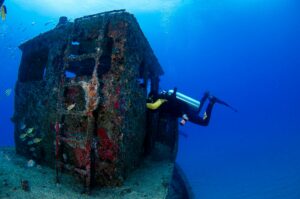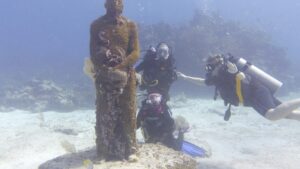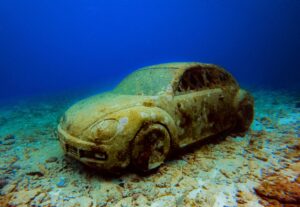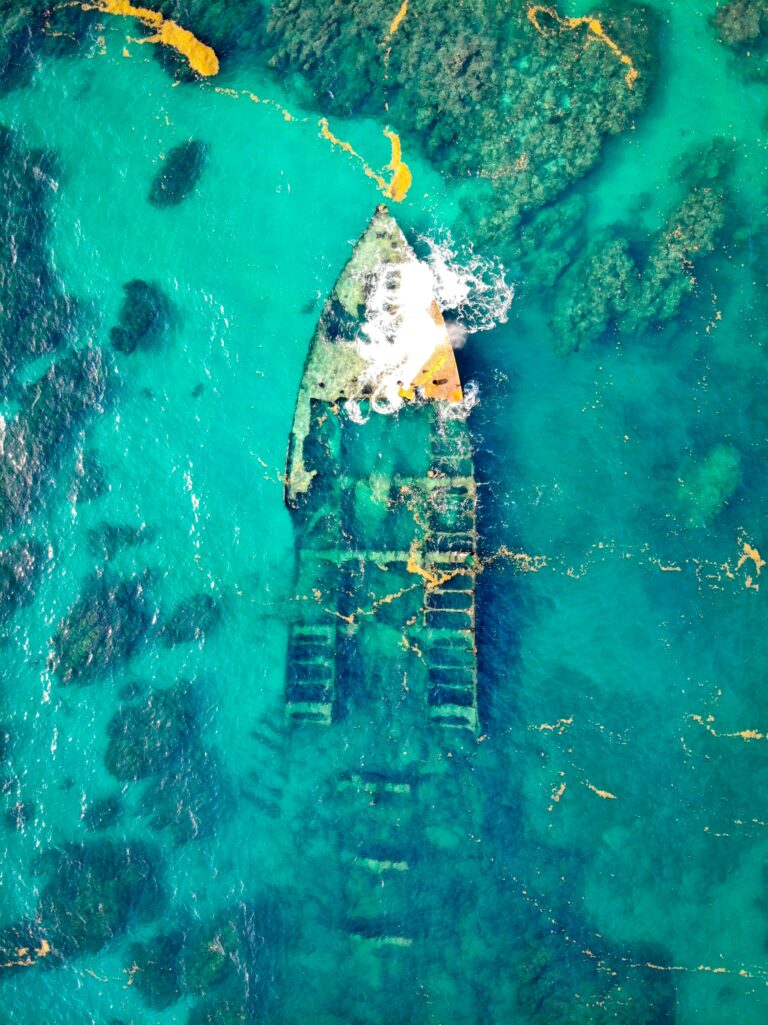How Human Objects Can Revive Marine Ecosystems
Earth’s oceans are their own vast and complex worlds and they are facing unprecedented threats. Luckily, innovative solutions are emerging from unexpected places. As human activity has altered the marine environment, a surprising practice is helping to restore and create new habitats: the purposeful sinking of ships, old subway cars, and other structures to build artificial reefs. These submerged objects are transforming from industrial relics into thriving underwater oases, providing critical homes for marine life and boosting biodiversity.

The Science Behind Artificial Reefs
Artificial reefs are designed to mimic the complexity of natural reefs, offering surfaces for coral larvae to attach to and providing shelter and food sources for fish and invertebrates. This process, known as biofouling, begins almost immediately, as algae and small organisms colonize the new structure. Over time, these reefs become bustling ecosystems.
- Creating New Habitats: Artificial reefs can increase marine biomass by as much as 30%, providing much-needed homes for species displaced by habitat loss.
- Boosting Fish Populations: Studies show that artificial reefs can attract large schools of fish, increasing local fish populations by up to 60% in some areas, which supports both ecosystem health and sustainable fisheries.
- Protecting Against Coastal Erosion: Strategically placed reefs can also help stabilize shorelines and protect coastal communities from the force of storms.

Our Grantees: Building a Better Ocean
The Becky Valentine Foundation is proud to support the organizations and institutions pioneering these efforts. Our grantees are on the front lines, using science and expertise to ensure that these interventions are effective and sustainable.
The University of Miami’s Rosenstiel School of Marine, Atmospheric, and Earth Science is a leader in this field. Researchers at the school are working to develop cutting-edge solutions for coral restoration, including genetic and evolutionary studies to cultivate more resilient coral species. Their work, like the international collaboration to save Florida’s reefs, is crucial for the success of any reef-building project.
Similarly, the Wildlife Conservation Society (WCS) has a robust marine program focused on protecting the highest-value biodiversity areas in the ocean. WCS works with governments and communities to establish and manage Marine Protected Areas (MPAs). Their science-based approach ensures that conservation efforts, including the use of artificial reefs, are strategically implemented to have the greatest positive impact. You can learn more about our work with them on our partnerships page.

A Shared Responsibility
The health of our oceans is inextricably linked to our own well-being. From providing food and regulating our climate to offering recreational opportunities, the ocean’s resources are vital. When we restore and protect our marine ecosystems, we are investing in a healthier, more sustainable future for everyone.
The Becky Valentine Foundation is committed to funding the most impactful conservation work. Your support directly enables our grantees, like the University of Miami’s Rosenstiel School and the Wildlife Conservation Society, to continue their critical research and on-the-ground efforts.
To join us in this vital mission, please consider making a donation today. Help us save our planet’s biodiversity.

